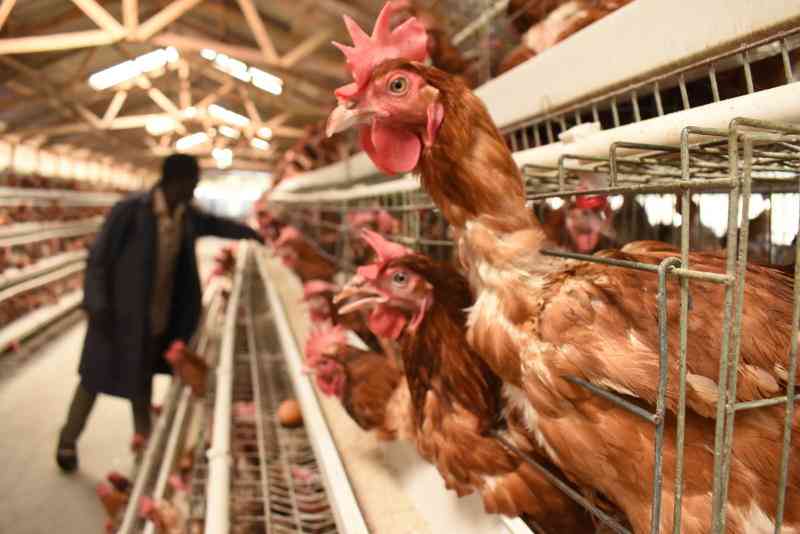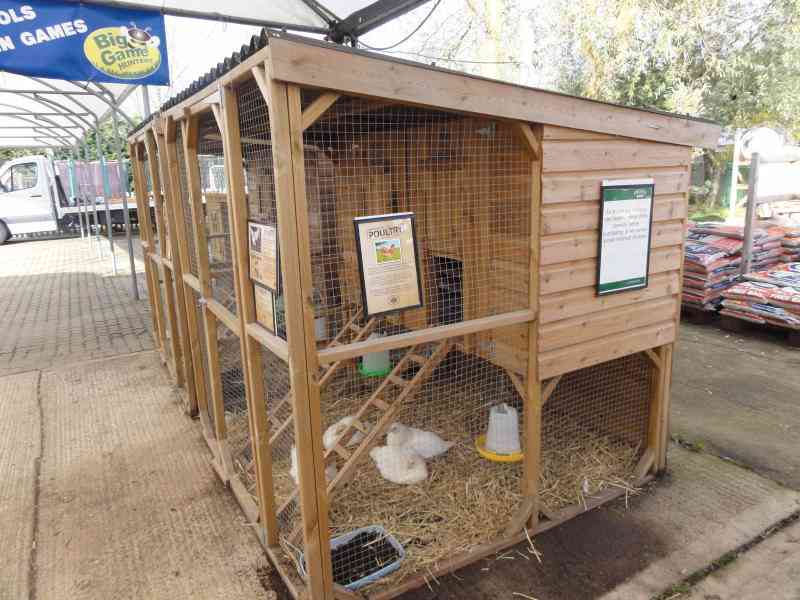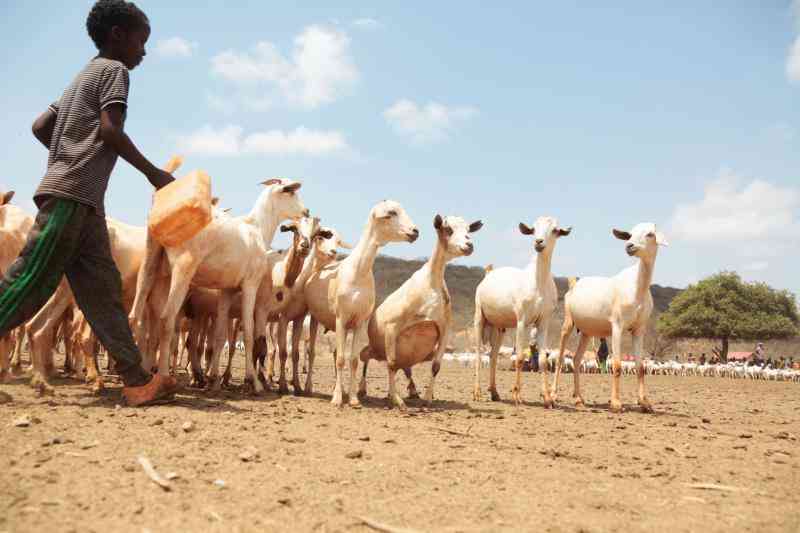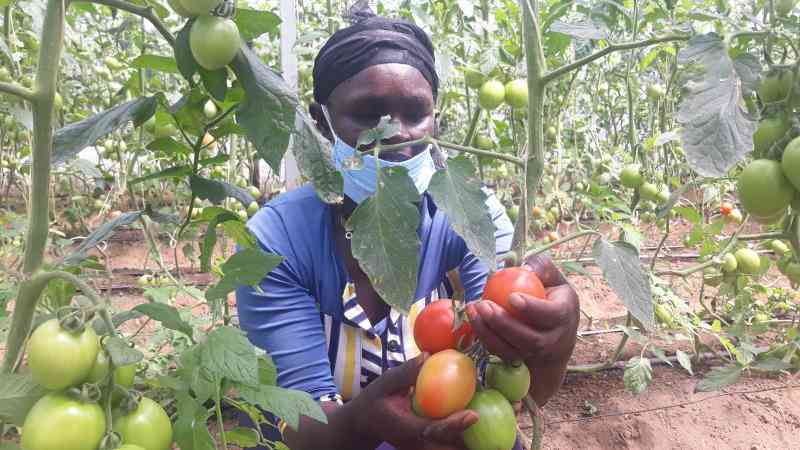The butterfly export project in Malindi has resumed after a two-year break following the outbreak of Covid-19 pandemic.
Also known as Kipepeo project, the one of a kind project has been key to survival of Arabuko-Sokoke forests, one of the largest remaining fragments of Kenya’s coastal forests.
Despite resuming the business however, the adverse drought that has affected the Coastal region has impacted on production.
“Water is very critical. There is need for water for plants to grow so that butterflies can get their food. Besides drought, there have been logistical challenges that has seen shipment prices shooting up to almost double before the pandemic,” said Francis Kagema, Nature Kenya Coast Regional Coordinator.
Before the pandemic, the butterfly pupae would be shipped every week without hitches. However, flights have been irregular as a result of reduced air traffic.
“Besides the shipment being expensive, they are also unpredictable. Pupae needs to be shipped within 24 hours,” he said.
Butterfly farming entails the harvesting of pupae for export which then develop into adults in importing countries.
Within the importing countries, butterflies are a big business especially during summer and spring seasons where learners, researchers and visitors pay butterfly exhibition centers to experience and learn.
Before Covid-19 pandemic hits, farmers could fetch up to Sh15,000 in a week from exporting pupae, under a project which was rolled to help conserve the critical ecosystem in 1993 by Nature Kenya in partnership with National Museums of Kenya.
Before the pandemic hits in 2019, the butterfly project generated over Sh20 million but dived to lows of Sh4 million when the business slightly resumed in 2021.
The withdrawal of UK from European Union in January 2020 has also impacted on the delivery of the exports.
“Initially, London was the distribution point of the exports but after Brexit, it has become a challenge,” Kagema said.
Butterfly export project involved over 100,000 residents clustered in 27 groups from 50 villages bordering the 420-square kilometre forest.
To keep the projects running, farmers have to plant trees in their compounds to keep the butterflies, a fact that besides protecting the Arabuko-Sokoke forest, has also increased forest cover within farms.
In the project, farmers keep the butterflies in cages. Inside the cages, different types of trees, also known as fruit trees which the butterflies feed on are kept alongside fruits and artificial nectar.
When the butterflies are within the cages, they lay eggs, hatch into larvae that transform into pupae and finally as adult butterflies.
“To satisfy the growing demand for butterflies abroad, we engage in butterfly farming to export different species.
“A butterfly can lay between 50 and 120 eggs which when a single pupae is exported can earn up to Sh100 depending on the species,” Abbas Athman, a butterfly farmer said.
Want to get latest farming tips and videos?
Join Us
 The Standard Group Plc is a multi-media organization
with investments in media platforms spanning newspaper print operations,
television, radio broadcasting, digital and online services. The Standard Group
is recognized as a leading multi-media house in Kenya with a key influence in
matters of national and international interest.
The Standard Group Plc is a multi-media organization
with investments in media platforms spanning newspaper print operations,
television, radio broadcasting, digital and online services. The Standard Group
is recognized as a leading multi-media house in Kenya with a key influence in
matters of national and international interest.
 The Standard Group Plc is a multi-media organization
with investments in media platforms spanning newspaper print operations,
television, radio broadcasting, digital and online services. The Standard Group
is recognized as a leading multi-media house in Kenya with a key influence in
matters of national and international interest.
The Standard Group Plc is a multi-media organization
with investments in media platforms spanning newspaper print operations,
television, radio broadcasting, digital and online services. The Standard Group
is recognized as a leading multi-media house in Kenya with a key influence in
matters of national and international interest.






